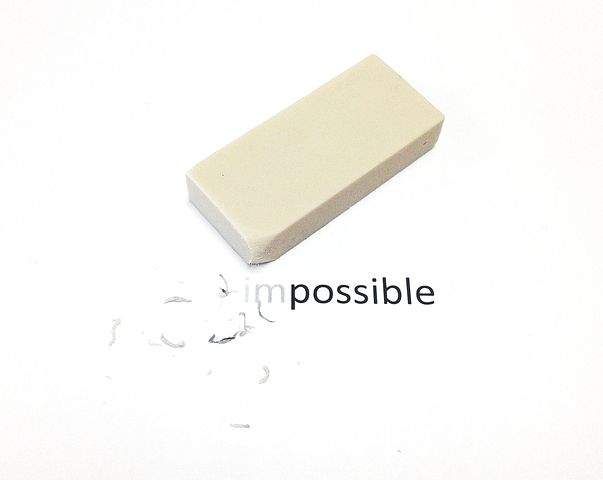In the Whats Top ESL activity, students select vocabulary items, then decide what’s top of the class for a range of adjectives.
Setup
Divide the class into small groups of two or three students (at least three groups).
Activity
- Name a vocabulary category (according to your target language). In their groups, the students write down ten items in that vocabulary category. Encourage them to not just choose the obvious ones!
- While they are doing that, write ten adjectives on the board (big, small, expensive, cheap, colourful, loud etc.). It is important that these adjectives can be applied to items in your vocabulary category.
- When they have their ten vocabulary items, the students have to find their top item for each adjective. They write a sentence using a superlative for each adjective. For example for animals, The elephant is the biggest, The parrot is the most colourful etc. Make sure they understand they can only pick from their ten items.
- Compare the top items as a class. For each adjective, each group says their superlative sentence (make sure everyone speaks at some point). Elicit from the students which item is top in the whole class for that adjective. Optionally, you could also award a point for the team(s) who had that item. The team with the most points at the end would be the winners.
Note: It may happen that there are only two different items when you compare as a class. Point out to the students that you need to use comparatives in this situation.
Target Language
The Whats Top ESL activity is a great way to for students to practise forming superlatives of different adjectives. Both the writing and speaking of this language is required, and students will hear it repeated many times. As such the activity is designed for beginner students.
By selecting the desired category, you can also use it to practise food, animals or musical instruments vocabulary. Thinking about the properties of each item will help reinforce knowledge.
For an activity to practise comparatives with students of a similar level, try Comparative Clues.
Got a picture or video of this activity in action? How about snapping one next time you use it? We'd love to showcase your submissions- find out more here.

